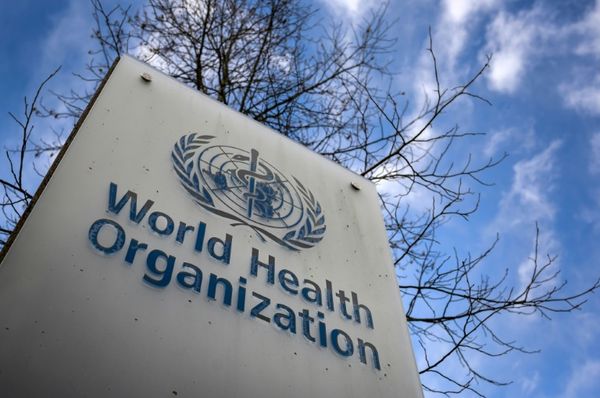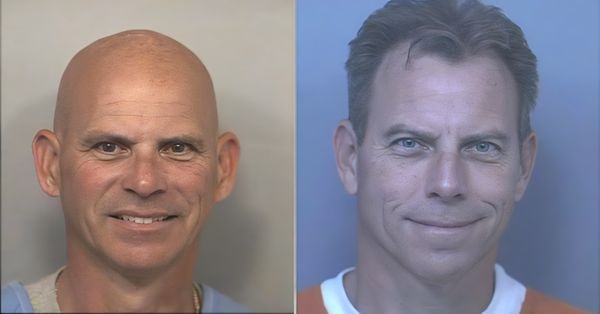The story so far: The Shahi Idgah, a three-domed mosque, in Mathura will be surveyed following the decision of the Allahabad High Court which permitted an application seeking appointment of a court commission to inspect the Shahi Idgah mosque that stands adjacent to the Krishna Janmabhoomi temple in Mathura.
What happened?
The order of inspection of the Shahi Idgah was pronounced by Justice Mayank Kumar Jain who maintained that “during the execution of the commission, the sanctity of the campus can be directed to be maintained strictly.” The plea for a survey was filed on behalf of the Hindu deity, Shri Krishna and seven others, who in their original suit pending before this court claimed that the mosque was built over the birthplace of Shri Krishna on the orders of Mughal emperor Aurangzeb in 1670.
Since the Babri Masjid judgment in 2019, nine cases related to the Shri Krishna Janmabhoomi and Shahi Idgah Masjid, have been filed in the Mathura court. Earlier in May this year, the Allahabad High Court transferred to itself all the suits pending before the Mathura Court on various reliefs pertaining to the Sri Krishna Janmabhoomi-Shahi Idgah Mosque dispute.
What does the Masjid maintain?
The lawyers of the U.P. Sunni Central Waqf Board and the Shahi Idgah Masjid Committee contended in the High Court that “the Shahi Idgah Masjid does not fall within the ambit of 13.37 acres land at Katra Keshav Dev” and that the “place of birth of Lord Krishna does not lie beneath the Mosque. The claim of plaintiffs is based on guess work and is not substantiated by any documentary evidence.” When the Committee of Management Trust of the Shahi Idgah Masjid approached the Supreme Court for a stay on the survey, the apex court did not provide any relief. “At this stage, we will not stay anything. Let him continue. If any adverse order is passed, you can come,” Justice Sanjiv Khanna, presiding over a two-judge Bench, told the mosque’s advocate Huzefa Ahmadi.
What does Places of Worship Act say?
Even as the modalities of the survey are being worked out, the mosque committee maintains that the Places of Worship (Special Provisions) Act, 1991 prohibits changing the character of any place of worship as it existed on August 15, 1947. In 2020, Lucknow-based Vishwa Bhadra Pujari Purohit Mahasangh had filed a petition in the Supreme Court to declare Section 4 of the 1991 Act ultra vires, saying that “the impugned Act has barred the right and remedy against encroachment made on religious property of Hindus exercising might of power by followers of another faith.” The Jamiat Ulama-i-Hind countered, arguing that the Act prohibits conversion of any place of worship, and in so doing, speaks to the future. In the M. Siddiq versus Suresh Das case, popularly called the Babri Masjid-Ramjanmabhoomi verdict, the apex court had held that the Places of Worship Act, imposed a non-derogable obligation towards enforcing our commitment to secularism, under the Constitution.
What is the history of the land?
The survey has been ordered as the Hindu representatives demand complete ownership of the premises where the Keshava Deva temple was destroyed on the orders of Mughal emperor Aurangzeb in 1670. The temple had been built in 1618 during the reign of Aurangzeb’s grandfather Jahangir by Bir Singh Bundela. The temple had been patronised by Aurangzeb’s brother and rival for the Mughal throne, Dara Shukoh. Later, in 1815, Raja Patni Mal of Benaras bought the 13.77 acre-land from the East India Company. His descendants sold the land to Jugal Kishore Birla for ₹13,400, who then set up the Shri Krishna Janmabhoomi Trust. It acquired ownership rights over the temple and in 1951, the 13.77 acre-land was placed in the trust, with the condition that the “trust property will never be sold or pledged.” In 1968, an agreement was signed between the Sri Krishna Janmasthan Seva Sangh and the Shahi Idgah Masjid Trust. As part of the settlement, the temple authority had conceded a portion of the land to the Idgah. Now, the temple petitioners want possession of the entire parcel of the land.







